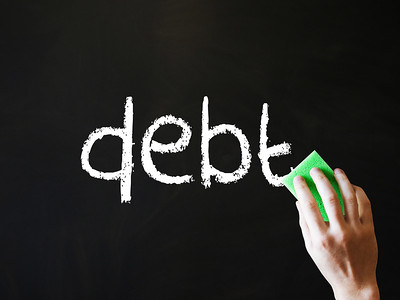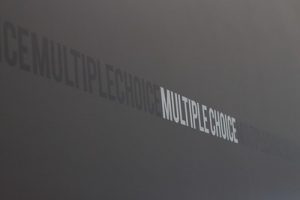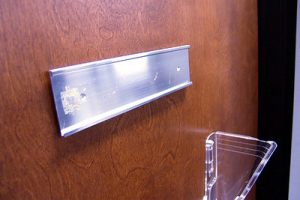Kalamazoo Valley Community College (KVCC) announced a new debt-forgiveness program aimed at certain former students. KVCC hopes to entice students who left the school with debt but without finishing a degree program to re-enroll. The program will forgive a student’s past-due balance if they successfully complete a degree or certificate.
Under the program, KVCC will erase 50% of the student’s past due balance after the student completes 12 credit hours. It will eliminate the remaining debt (up to $1,000) when the student completes a degree or certificate.
To be eligible for the program, a student must
- have had a GPA of at least 2.0 when they left school.
- not have been enrolled at KVCC for at least six semesters.
- a past-due balance of no more than $1,000.
- the ability to pay for current enrollment charges in full or with financial aid.
- not have earned a KVCC degree or certificate.
According to KVCC, about 700 of its former students meet the basic qualification criteria for the program. In addition to the basic qualifications, students will have to develop an academic plan with a counselor, fill out the FAFSA, maintain a cumulative GPA of at least 2.0, and complete their program of study within three academic years.
KVCC’s in-district tuition rate is $114 per credit hour, with additional fees of $125 per student. For every 100 students who accept the offer, the program will generate nearly $150,000 in new tuition revenue to KVCC. Better still, it offers students the opportunity to complete a degree they have already started.
Likely, KVCC has already written off this “doubtful” revenue from its books. But the debt forgiveness program shows that the school has not written off the debtors.
Debt forgiveness empowers the debtor
These students also likely qualify for Pell Grants and other need-based aid that will reduce or eliminate their out-of-pocket expenses. Which is why the program makes so much sense. If all 700 students were in-district and accepted the offer, KVCC would increase its tuition revenue by more than $1M per semester. If every student took the full three years to complete the program, it would yield more than $6.2M. Subtracting the maximum $700,000 in “bad debt” still leaves KVCC more than $5.5M to the good.
Now, those are all “best-case” calculations, but the program is a good example of how a creative approach to debt forgiveness can work for all parties. The student gets an opportunity to complete a degree; KVCC gets additional tuition revenue and an increase in its graduation rate; the community gets a more productive, more valuable worker.
This approach generates additional revenue for KVCC without building any buildings or going into debt. The plan does not involve making a commitment to extraordinary on-going maintenance. Its success is not vulnerable to economic upswings and downturns. It fits neatly into the mission of the college, and it benefits everyone in the community.
WCC needs Trustees who insist the College administration remain true to WCC’s mission of educating the residents of Washtenaw County. We do not need hotels and convention centers, or “retail outlots” on campus. We need students on campus, and we need an administration that can develop creative ways to get them there.
WCCWatch: Martin Thomas | WCCWatch: David DeVarti | WCCWatch: Christina Fleming | WCCWatch: Ruth Hatcher
Photo Credit: Images Money, via Flickr







































